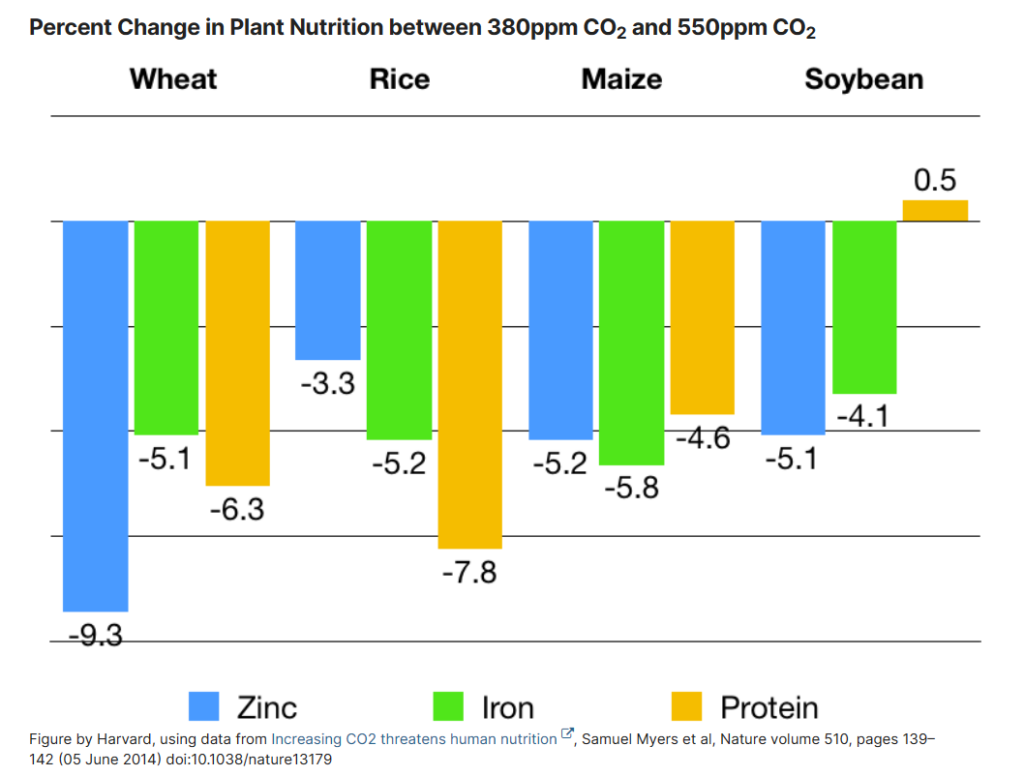Background
Climate Change and Health Vulnerability in the Caribbean
The Caribbean region faces significant health challenges amplified by global environmental changes. As climate change continues to disrupt physical, biological, and ecological systems, the health and well-being of the population are adversely affected. Such disruptions can exacerbate existing health disparities or create new ones, deeply impacting communities across the Caribbean.
Increasing Incidences of Severe Weather Events
Recent years have seen a marked increase in the severity and frequency of hurricanes ( 1 July 2024 -Beryl) in the Caribbean, often resulting in catastrophic devastation. These severe weather events are a direct consequence of climate change, which disproportionately affects Small Island Developing States (SIDS). The intensity and frequency of these storms have escalated, leading to prolonged recovery periods and substantial socio-economic setbacks for the affected regions.
Health Implications of Environmental Disruptions
The repercussions of these environmental changes are far-reaching, affecting food and water security and thus directly impacting public health. Populations face increased risks of heat-related illnesses, respiratory and cardiovascular diseases, and mental health challenges. The region also witnesses heightened incidences of vector-borne diseases such as Malaria, Zika, and Dengue. These health crises are further compounded by the stress and mental strain associated with recovery from frequent, intense natural disasters.
The article underscores the critical need to comprehend how climate change events and threats directly impact human lives. It discusses the wide-ranging effects on health, specifically highlighting the surge in diseases like Dengue, Zika, and other illnesses related to the increased presence of flies and mosquitoes. This was notably observed in Grenada following the July 2024 Hurricane Berryl. Social media posts from the time illustrated the island’s struggle with the cocoa fly and subsequent outbreaks of mosquitoes and house flies. The direct evidence of these associations underscores the need for heightened public awareness about the delayed disease responses that climate events can trigger.
Furthermore, the article calls for more public information about the impending threats posed by climate change.
Today’s focus shifts to recent research findings on the direct impact of climate change on the nutritional quality of plants, specifically “Protein Content, Zinc, and other major/trace minerals.” While carnivores might primarily consume meat, it’s crucial to consider the livestock—cows, goats, sheep, and other ruminants—that rely on these plants for nourishment. If plants shift towards producing more glucose and less of the essential amino acids, the dietary impact on these animals—and ultimately on us—is significant.
Let’s delve into the research: An easy-to-understand graphic demonstrates that as CO2 levels in the environment increase from 380 parts per million to 550 parts per million, there is a notable change in the output of zinc, iron, and protein content in major monocrops. The data reveals that this change is not moving in a positive direction, highlighting the need for strategic responses to these shifting agricultural outputs.

You can refer to this links and papers
https://www.ncbi.nlm.nih.gov/pmc/articles/PMC4508823
https://www.ncbi.nlm.nih.gov/pmc/articles/PMC4810679
Cut and paste from Nature website on this articles shown:
Abstract
Dietary deficiencies of zinc and iron are a substantial global public health problem. An estimated two billion people suffer these deficiencies1, causing a loss of 63 million life-years annually2,3. Most of these people depend on C3 grains and legumes as their primary dietary source of zinc and iron. Here we report that C3 grains and legumes have lower concentrations of zinc and iron when grown under field conditions at the elevated atmospheric CO2 concentration predicted for the middle of this century. C3 crops other than legumes also have lower concentrations of protein, whereas C4 crops seem to be less affected. Differences between cultivars of a single crop suggest that breeding for decreased sensitivity to atmospheric CO2 concentration could partly address these new challenges to global health.
What is this C3 and C4:
C3 Plants: These plants are termed C3 because the first product of carbon fixation is a three-carbon compound, phosphoglycerate. C3 photosynthesis, known as the Calvin cycle, is the more common form and is utilized by many important crops like wheat, rice, and soybeans. These plants are better adapted to cooler, less intense light environments, and they are more efficient under normal light conditions and cooler temperatures. However, they are less efficient in hot and dry environments due to a higher tendency towards photorespiration, which can reduce their productivity and growth.
C4 Plants: C4 plants, on the other hand, fix carbon dioxide into a four-carbon compound as the first step in what is known as the Hatch-Slack pathway. This adaptation allows them to minimize photorespiration, making them more efficient at photosynthesis in high temperatures and light intensities. C4 plants include many grasses like corn, sugarcane, and sorghum, and they are particularly advantageous in hot and arid environments because of their ability to concentrate CO2 in their leaf cells and their superior water-use efficiency.
Ecological and Agricultural Implications: The differences in these photosynthetic pathways have significant implications for agriculture and ecology. C3 plants dominate in cool and wet climates, while C4 plants are more competitive in hot, sunny, and dry environments. Understanding these distinctions is crucial for crop management and breeding, especially in the context of climate change, where shifts in temperature and precipitation patterns could affect the suitability of certain crops for particular regions.
Project: Strengthening Climate Resilient Health Systems in the Caribbean
Overall Objective 1:
Strengthen the resilience of public health systems and services
Specific Outcome:
Develop comprehensive health chapters in HNAP
- Diagnostic of health systems’ strengths and vulnerabilities
- Detailed actions to address health impacts of climate change
Overall Objective 2:
Collaborate across organizations and nations to develop innovative health solutions
Specific Outcome:
Implement HNAP in a collaborative framework
- Enhances joint efforts and innovation in health resilience strategies
Overall Objective 3:
Prepare public health plans, programs, and policies for unprecedented changes
Specific Outcome:
Use HNAP to prepare detailed health plans and policies
- Specifically addresses health impacts of climate change in national adaptation planning